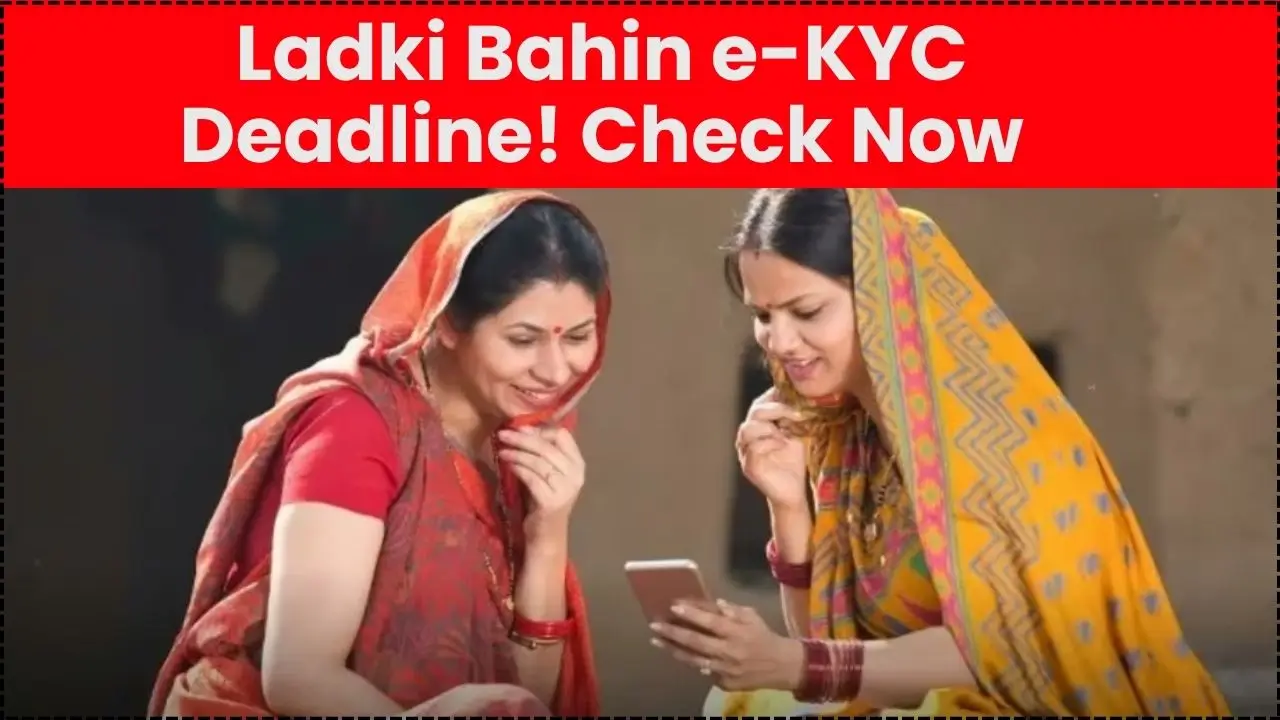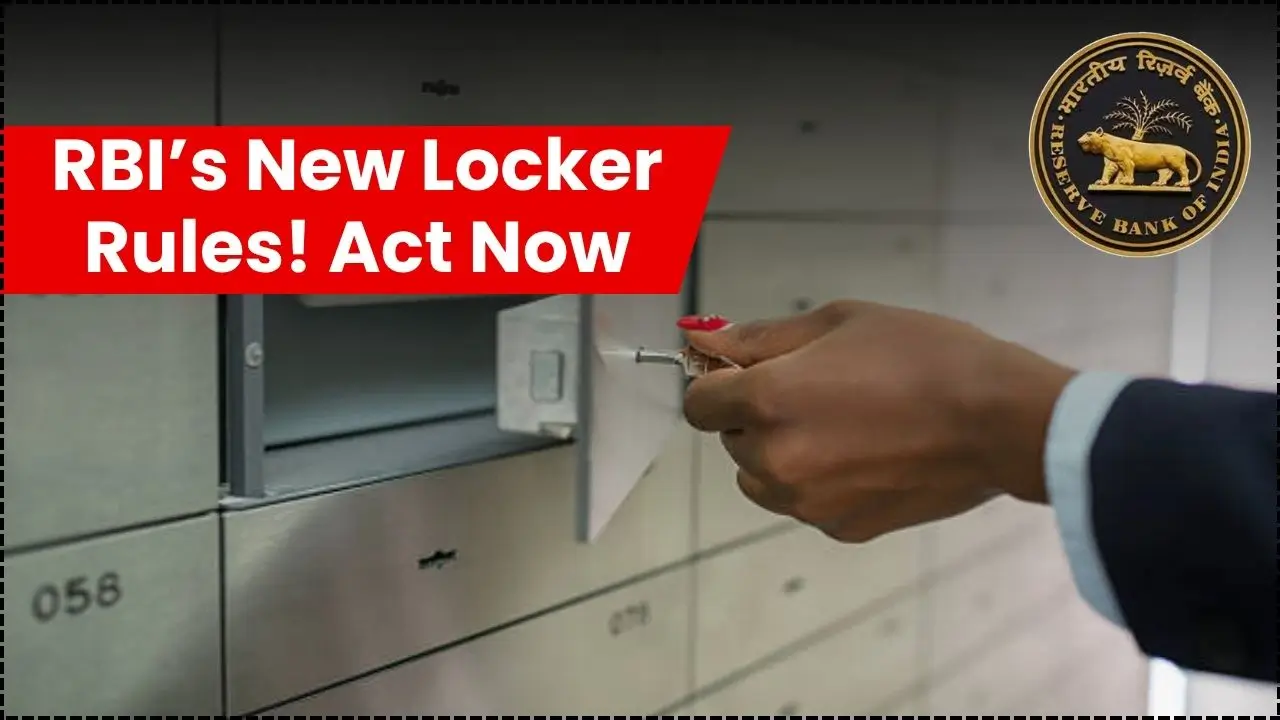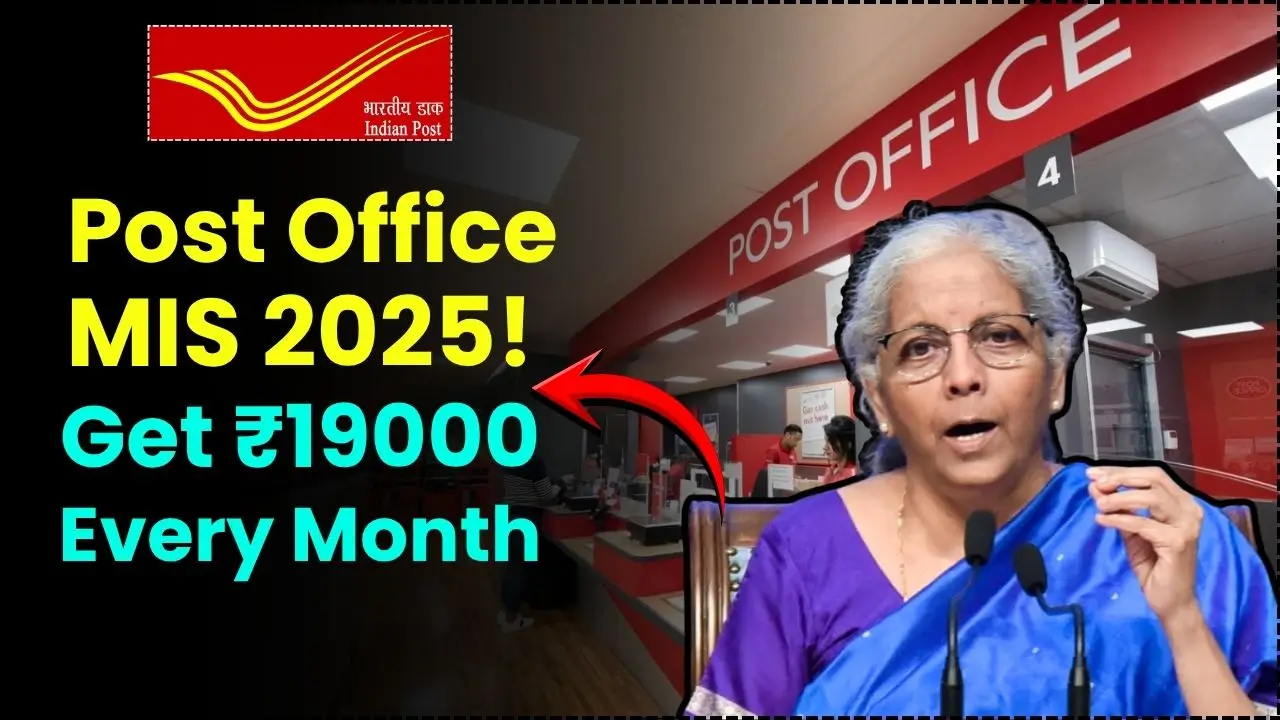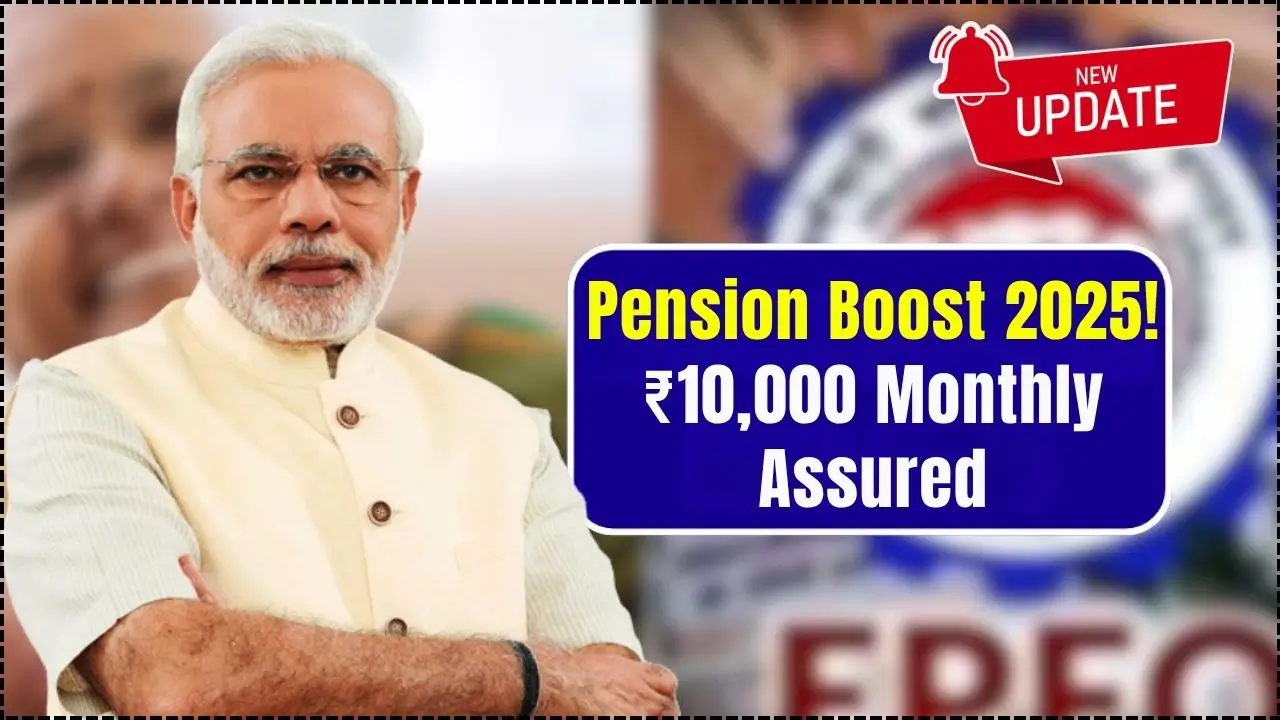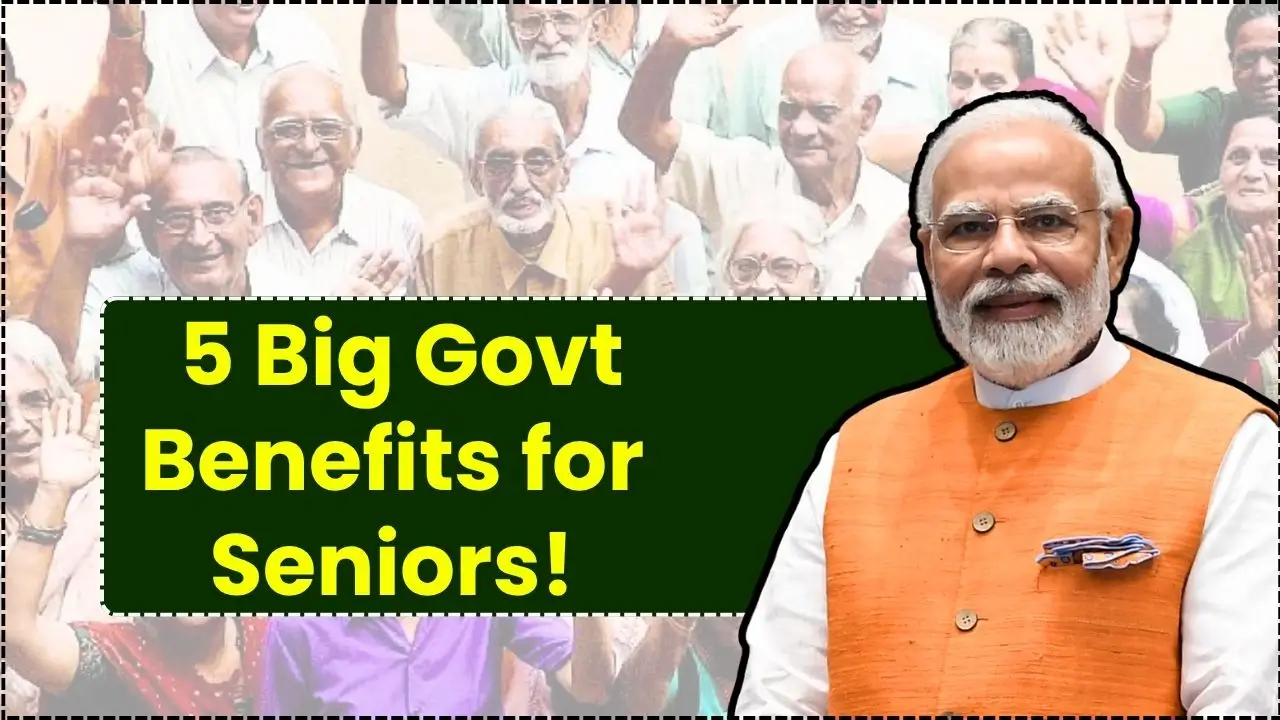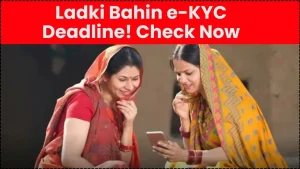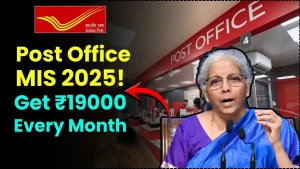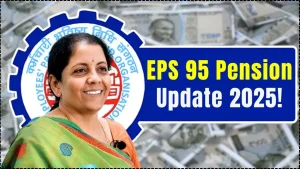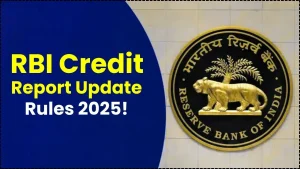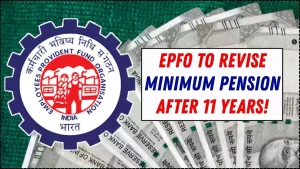If you’ve been searching for real relief from rising power bills, here’s the rare policy that actually changes monthly cash flow for good: eligible low-consumption households in Maharashtra can get 25 years of free electricity by installing a 1 kW rooftop solar system under the state’s SMART program layered on top of the central subsidy. The model is straightforward small one-time contribution from the beneficiary, big support from government, grid-connected net metering, and bills that trend to zero for typical sub-100-unit users over the system’s 25-year life.

This is not hype; it’s a design choice. A 1 kW rooftop system sized for low-income, low-consumption homes can reliably offset under-100 units per month through net metering, effectively wiping bills for decades when the household keeps usage disciplined and the system is maintained. The state’s SMART scheme builds on the central subsidy to shrink the upfront to a token amount for BPL/EWS families, while net metering credits smooth seasonal ups and downs so the “25 years of free electricity” holds in real bills.
25 Years of Free Electricity
| Key Item | Details |
|---|---|
| Scheme | Swayampurna Maharashtra Residential Rooftop (SMART) |
| Nodal/Implementing Agency | Maharashtra State Electricity Distribution Co. Ltd. (MSEDCL) |
| Core Benefit | 25 years of free electricity via 1 kW rooftop + net metering for eligible users |
| Target Coverage | 5 lakh households; priority for BPL/EWS using <100 units/month |
| Budget Allocation | ₹655 crore over two financial years (FY 2025–26 and FY 2026–27) |
| System Size | 1 kW rooftop solar (typical), grid-tied net metering |
| Central Support | ₹30,000 for 1 kW under the national rooftop program |
| State Support (Illustrative) | BPL ~₹17,500; EWS ~₹10,000; SC/ST ~₹15,000 (category-based slabs) |
| Beneficiary Share (Indicative) | As low as ₹2,500–₹10,000 depending on category/site |
| Rollout | First-come, first-served; application via MSEDCL-approved flow |
If your household’s monthly consumption sits below 100 units and you hold BPL or EWS status, you are in the sweet spot to achieve 25 years of free electricity. Get your paperwork in order, request a site survey through the discom channel, and apply early to secure your slot. Keep usage efficient, maintain the system, and let net metering do the heavy lifting. The combination of central and state support turns your roof into a lifelong bill-cutting asset one that protects your budget while pushing your home into the clean-energy future.
Who Is Eligible for 25 Years of Free Electricity
- Primary focus is BPL and Economically Weaker Section (EWS) consumers with verified monthly usage under 100 units.
- Category-based state top-ups sit on top of the central subsidy, drastically cutting the upfront amount payable by the beneficiary to a small residual.
- The installed 1 kW plant connects to the grid with an approved bidirectional meter; daytime generation offsets consumption, and surplus exports create credits that cancel bills across billing cycles.
What “Free For 25 Years” Really Means
- Rooftop systems are typically warranted for decades, with panels engineered for a 25-year design life and modest annual degradation.
- As long as consumption remains in the target band and the array is kept clean and functional, net metering credits zero out the bill over time.
- “Free” describes bill neutrality from solar output and credits; it’s not unlimited usage if consumption spikes far above generation, you’ll pay the difference.
Subsidy Structure and Out-Of-Pocket
- Central assistance for a 1 kW system is pegged at ₹30,000 in current program norms.
- State support tiers vary by beneficiary category: indicative slabs show BPL around ₹17,500, EWS around ₹10,000, and SC/ST around ₹15,000, with some ranges reaching 90–95% total support for the most vulnerable.
- With a benchmark cost near ₹50,000–₹60,000 per kW in this framework, the beneficiary’s share may be as low as ₹2,500–₹10,000 depending on category and site specifics.
What A 1 kW System Delivers
- Expected monthly output of roughly 110–130 units in good sites, which comfortably covers households under 100 units with room for seasonal dips.
- Production varies with roof tilt, orientation, shading, and weather; detached homes with open sky typically fare better than shaded urban apartments.
- Inverter changes may be needed over the lifecycle; panels mostly require periodic cleaning and inspection.
Step-By-Step Process To Apply for 25 Years of Free Electricity
- Confirm eligibility: BPL/EWS status and recent bills showing sub-100-unit consumption.
- Prepare KYC, category documents, and recent electricity bills; keep roof ownership or NOC paperwork ready if needed.
- Initiate the application with the distribution company’s portal or designated vendor; schedule site survey for feasibility, shade analysis, and metering readiness.
- On approval, installation proceeds through empaneled vendors; net metering agreement is executed, and the bidirectional meter is commissioned before synchronization.
Costs, Savings, And Payback
- With combined subsidies covering 80–95% for low-income categories, the residual beneficiary payment is designed to be nominal.
- For typical sub-100-unit users, the small upfront is recovered through eliminated bills in months, not years; after that, it’s essentially decades of near-zero electricity spend.
- If consumption stays aligned with generation, annual net payable rounds to zero; if usage grows, consider efficiency upgrades or system resizing options where supported.
Practical Tips to Lock in the Benefit
- Keep usage efficient: LED lighting, inverter refrigerators, and smart scheduling of heavy loads help keep within the sub-100-unit sweet spot.
- Maintain panels: quarterly cleaning, visual checks for hotspots or loose wiring, and timely inverter servicing preserve output.
- Track credits: monitor the net meter and monthly statement to ensure exports are credited and that generation matches expectations.
Environmental And Social Impact
- Distributed rooftop generation cuts feeder stress and technical losses while replacing fossil-based peak power with clean daytime solar.
- Eliminating recurring bills materially improves disposable income for poor households, stabilizing finances and resilience.
- The layered subsidy model is a scalable template other states can adapt to accelerate inclusive rooftop adoption.
Common Edge Cases And Caveats
- Apartments with shared roofs may require society approvals; shading can reduce yield and stretch payback timelines.
- First-come, first-served allocations mean timing matters; keep documents ready and move early.
- The 25-year promise assumes normal degradation and basic upkeep; neglect can erode the zero-bill outcome.
Aadhaar Card New Rules — Update Your Name and Address Online for Free, Here’s How
Connection To National Rooftop Efforts
- The state scheme complements the national rooftop program, not replaces it; the central ₹30,000 support forms the base for 1 kW, amplified by the state’s category slabs.
- Together, they push net metering economics firmly into positive territory for low-income households, making “25 Years Of Free Electricity” a practical reality.
- The approach aligns clean-energy goals with cost-of-living relief, turning rooftops into household micro-assets.
FAQs on 25 Years of Free Electricity
Who exactly qualifies for 25 years of free electricity?
BPL and EWS category households with verified consumption under 100 units per month, subject to site feasibility and successful onboarding under the state’s SMART program layered with the central subsidy.
How much will I need to pay from my pocket?
For a benchmark 1 kW system, combined support frequently covers 80–95% of cost for low-income categories, with beneficiary shares often in the ₹2,500–₹10,000 range, depending on category and site.
Will my bill really drop to zero?
If your consumption remains under 100 units and your 1 kW system’s net-metered generation matches or exceeds that usage, bills typically net to zero across the year after credits.
What if I live in an apartment?
You’ll need roof access and a no-objection certificate from the housing society; if shading or shared-roof disputes limit feasibility, explore community/virtual net metering options where available.

